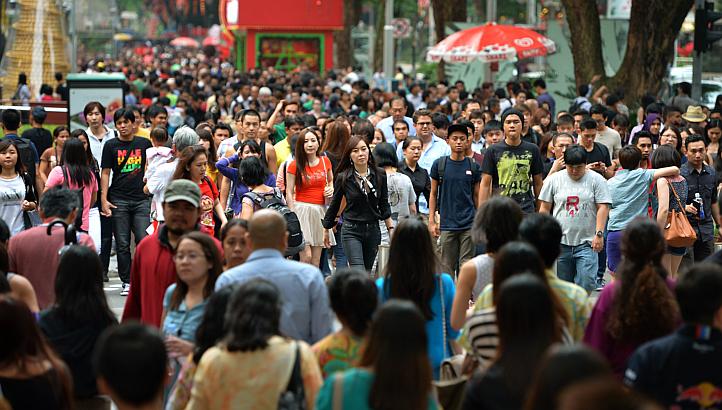Did population density really drop, from the perspective Singaporeans?
I refer to the article “Rare dip in Singapore’s population density last year” (Straits Times, Jan 15)
It states that “Last year, the average number of people per square kilometre in Singapore dipped slightly – the first time this has happened in more than a decade.
Population density growth came to a halt, as foreigner numbers fell while land area kept expanding.”
If we factor in the average of about 30,000 new permanent residents (PRs) and 20,000 new citizens granted per year – the density of true-blue Singaporeans may have fallen, whilst the density of non-Singaporeans may have risen.
So, arguably – the statement “as foreigner numbers fell” may not be correct.
As to “Density – calculated as total population divided by land area – was 7,796 last year, down from 7,797 in 2016, official figures show.
But experts said a lower overall figure does not necessarily translate into fewer experiences of crowdedness, as various parts of the city – workplaces, public transport, residential areas and social spaces – may still feel crowded” – I understand that much of the land expansion is for industrial instead of residential use – if we make an adjustment for this – has population density dipped by a miserable one (7,797 – 7,796), or increased?
Leong Sze Hian
